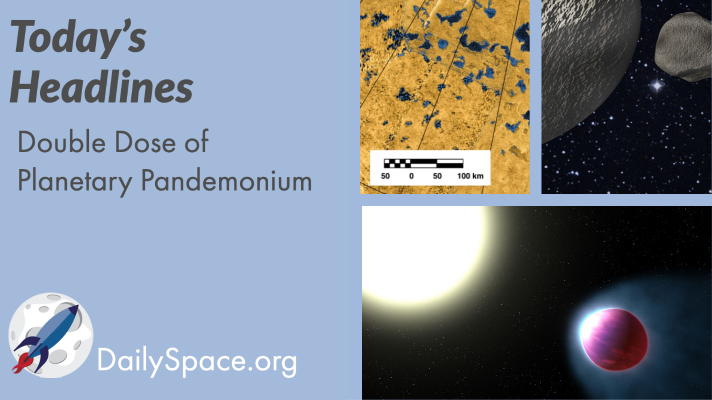
Oct 9, 2020 | Asteroids, Daily Space, Exoplanets, Jupiter, Our Solar System, Titan, Venus
Join us as we take a look back two weeks’ worth of planetary stories, including solar system research on a binary trans-Neptunian object, diamonds in meteorites, the stratification of Titan’s lakes, and how Jupiter affected Venus’ habitability. Plus we go farther into space and see how super flares affect the chances for life on exoplanets and find an exoplanet with vaporized metal in its atmosphere.
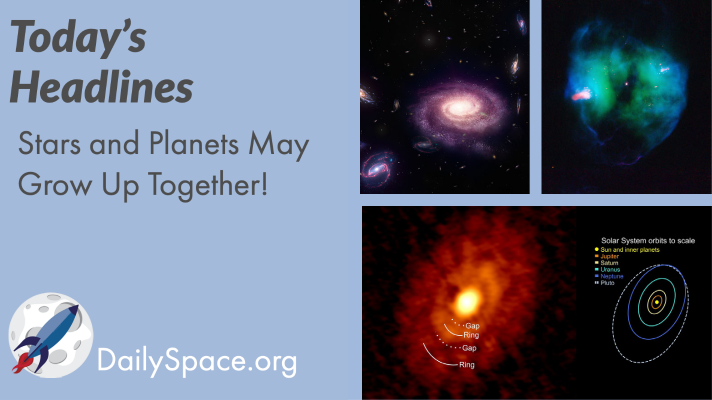
Oct 9, 2020 | Daily Space, Exoplanets, Galaxies, Observatories, Planetary Nebulae, Planets, Star Forming Region
New images taken with the ALMA Observatory show a young proto-stellar disk with the rings and gaps of planetary formation growing together, once again challenging our preconceptions. And other research into stellar formation adds heavy metals to the mix to match models to observations. Plus an old, metal-poor galaxy halo.

Oct 7, 2020 | Daily Space, Gemini North, Mars, Nebulae, Star Forming Region, Supermassive Black Holes
Research from our home Planetary Science Institute shows that the dune fields on Mars provide solid evidence for lithification and burial. Plus, Carina Nebula has been imaged with adaptive optics and looks amazing! And we take a look at the winners of this year’s Nobel Prize in Physics.
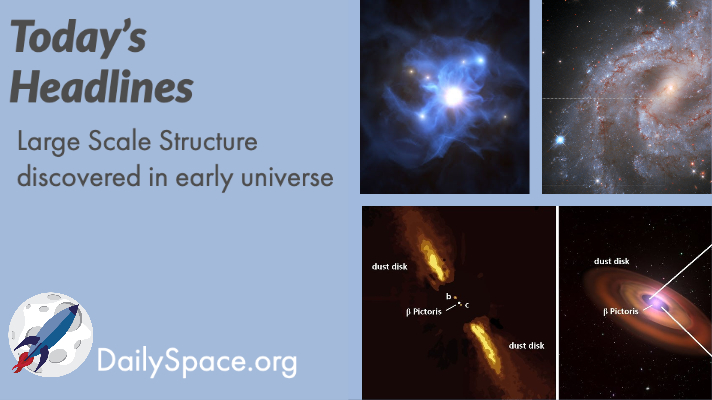
Oct 6, 2020 | Cosmology, Daily Space, Exoplanets, Galaxies, Quasar, Supernovae
Using huge telescopes, researchers have discovered a Large Scale Structure of six galaxies around a seventh galaxy with a supermassive black hole, back in the first billion years of the Universe. Plus Hubble captures a time-lapse of a fading supernova and beta Pictoris c is directly imaged.
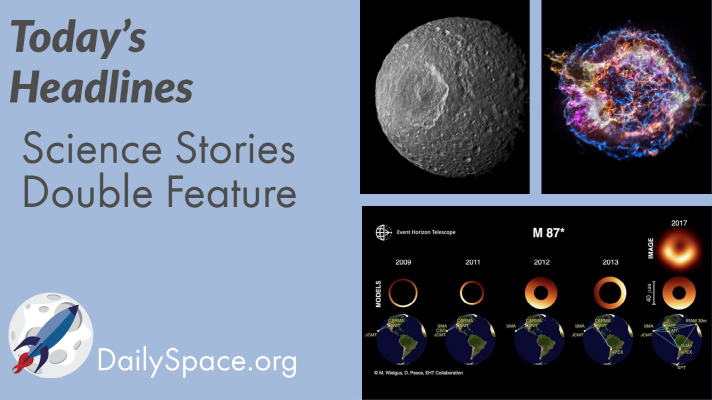
Sep 28, 2020 | Asteroids, Daily Space, Mars, Milky Way, Quantum, Saturn, Supermassive Black Holes
Join us today for a first-ever double feature episode. Dr. Pamela and Beth will cover the latest in astronomy and planetary science.
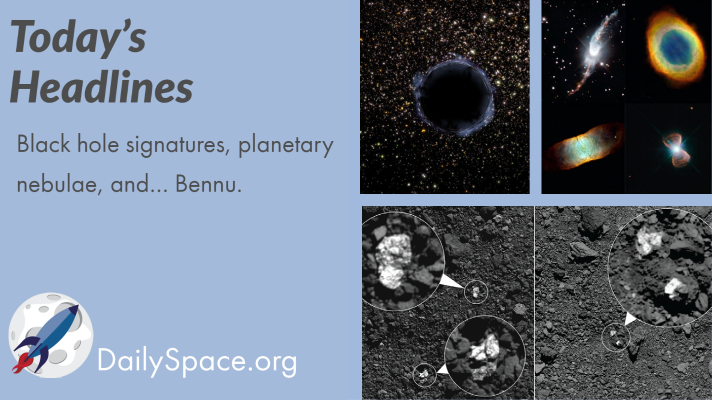
Sep 23, 2020 | Asteroids, Black Holes (Stellar), Daily Space, JAXA, OSIRIS-REx, Planetary Nebulae
Astrophysicists have finally figured out how to tell neutron stars apart from black holes by finding the signature of the event horizon. Another team discovered that planetary nebulae likely get their unique shapes due to binary systems. And we present some updates on the origin of rocks (and rocks and rocks and pebbles) on Bennu. Same with Ryugu, but we don’t hate Ryugu.








 We record most shows live, on Twitch. Follow us today to get alerts when we go live.
We record most shows live, on Twitch. Follow us today to get alerts when we go live.